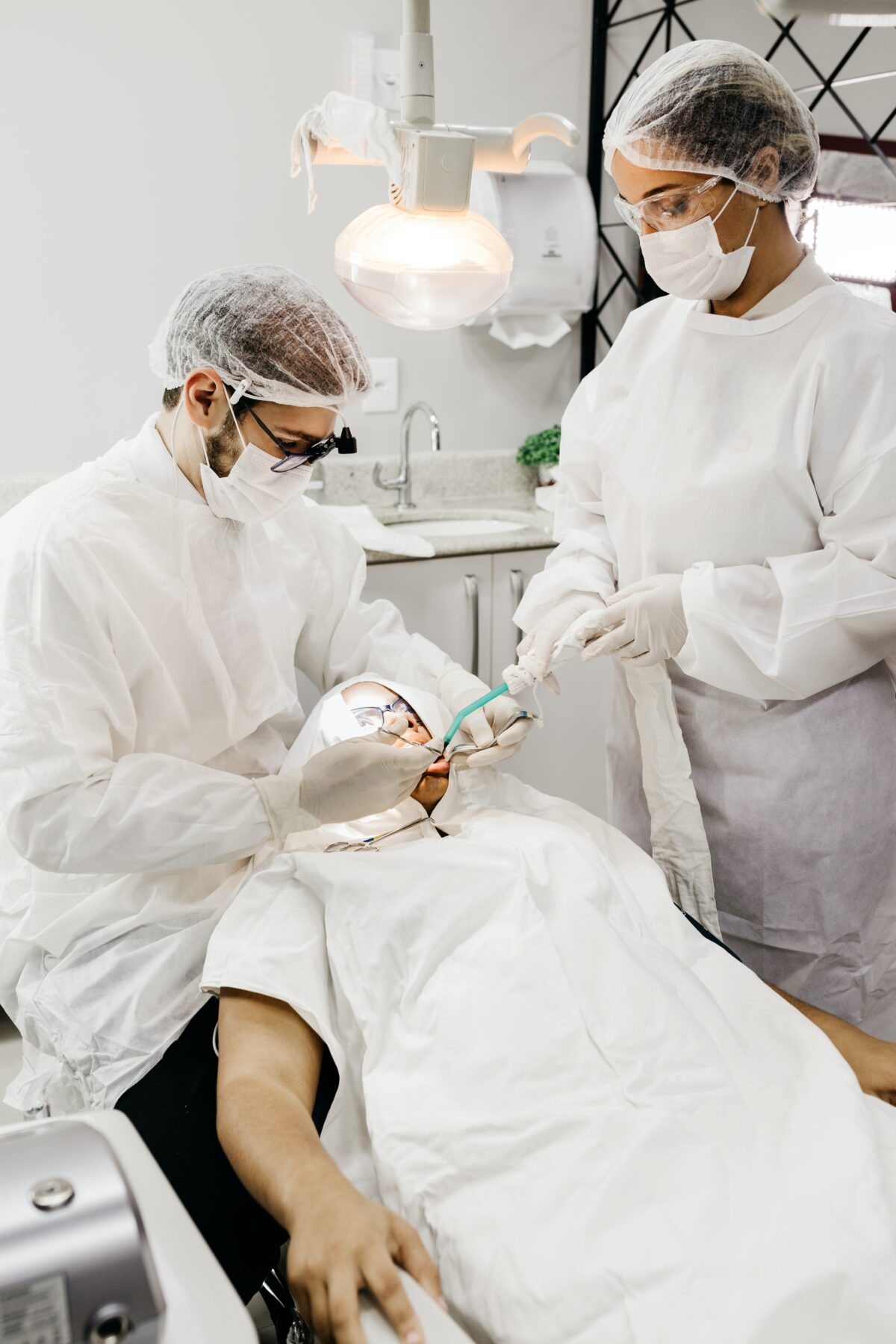A major challenge for dental professionals is access to care, particularly for underserved populations. This population includes the poor, the elderly, and people who are geographically isolated. In this context, dental professionals are often the first line of care and must be prepared to provide basic dental services for patients in need. In addition, dental professionals face a high cost to provide dental services, and the profession must find ways to increase efficiency.
Dental professionals are degreed clinicians who specialize in the diagnosis and treatment of oral health problems. They typically obtain their undergraduate degree at college and go on to a four-year dental school program. They can perform a wide range of procedures, including exams, fillings, and extractions. Dental professionals are dedicated to providing the best care possible for patients.
Dental professionals are continually learning new techniques and materials to provide the best care. Many advances in dental technology have made dental procedures more efficient and aesthetically pleasing. The most recent developments in dental technology have pushed the field toward osseointegrated implants and new restorative materials. This allows dental professionals to restore lost teeth with a more natural-looking appearance.
Dental x-rays are commonly taken on new patients and on a recommended schedule to detect hidden dental disease and damage. While they are not necessary for every dental appointment, they are helpful in diagnosing hidden dental damage and detecting problems before they become visible. A dentist will also recommend regular brushing and flossing to maintain a beautiful smile. During these appointments, dental professionals will help you maintain proper oral hygiene, which will prevent expensive dental procedures in the future.
Dentists may also offer specialized dental procedures, such as orthodontics. These professionals specialize in correcting problems with irregular teeth and bites. They help patients of all ages overcome these dental issues and can make their smiles look more beautiful. In addition to cleaning teeth, they can also apply fluoride treatments to keep them healthy.
The process for becoming a dental professional requires four years of education. The first two years of dental school involve basic instruction and laboratory work. The last two years involve clinical studies in an active dental practice. During this time, students can begin to explore their career choices. They should also participate in pre-dental organizations and career centers to prepare for the interview process.
Dental therapists are increasingly providing indirect supervision to dentists and may increase access to dental care. Studies suggest that these professionals can increase oral health care for low-income communities. In addition, dental therapists have been found to reduce the number of cavities among patients. In Minnesota, dental therapists are required to serve underserved populations. Further, evidence suggests that dental professionals can play an important role in the fight against tobacco use in their patients. The American Dental Association and the American Dental Hygienists’ Association are partnering with the CDC to promote public awareness.
Dental technicians usually require an associate’s degree or equivalent. Their job responsibilities include cleaning and examining teeth and gums. They also perform dental procedures, such as fluoride treatments and X-rays. They can also work in a dental laboratory, producing dental prosthetics and appliances that are used in dentistry.
